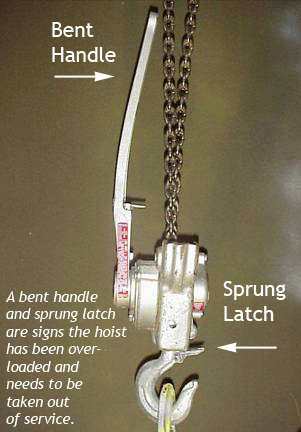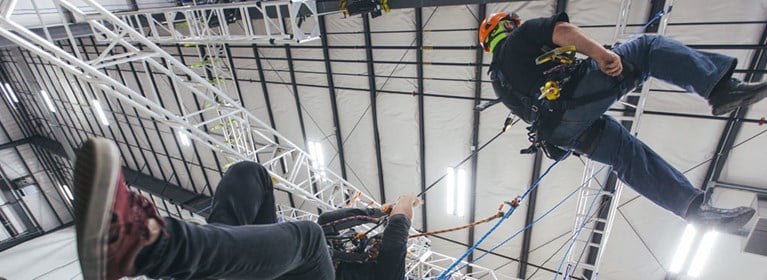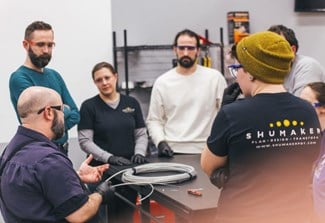How To Avoid The Two Main Causes Of Hoist Accidents
Hoisting & Lifting Equipment |
Safety and Training |
By Columbus McKinnon Training |
Mar 14, 2017
Two prime causes of accidents are overloading and poor rigging. To prevent accidents, we suggest these guidelines:
- Know the hoist lifting capacity
- Always know the weight of the object you are lifting
- Never exceed the working load limit
- Train operators on proper rigging techniques as well as hoist operation
- Have rigging handbooks and proper equipment available for use.

Know your hoist’s constraints, and pay attention to the “pull to lift full load” values. Each hoist is designed to lift under the power of one person. It should not take two people to pull on hand chain, or a lever arm. Never put an extender (cheater bar) on a lever tool. This is a sure sign you are overloading the hoist. If it takes 58 lbs of pull force to raise one ton, any pull force over this value will overload the hoist. Consult the manufacturer’s specifications and train your operators on what each pull force should be.
Many domestic (and some foreign) hoist manufacturers offer overload protection devices for manual hoists, either as standard equipment, or as an added cost option. This device protects the user, the overhead structure and the hoist from an “excessive overload condition.” Several hoist manufacturers utilize a friction type clutched hub as part of the hoist’s chain wheel or lever arm. When the pull on the lever or hand chain is great enough to slip the clutch and prevent the load from being lifted, the operator becomes aware that the hoist is overloaded.
North America - EN






